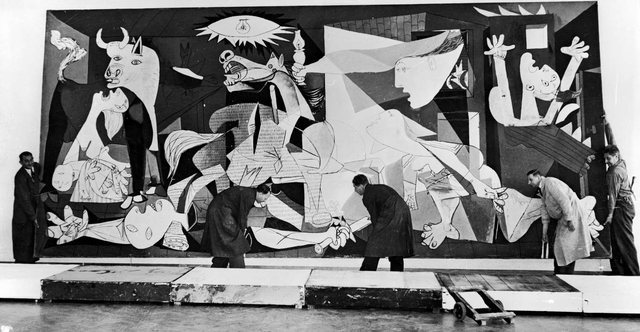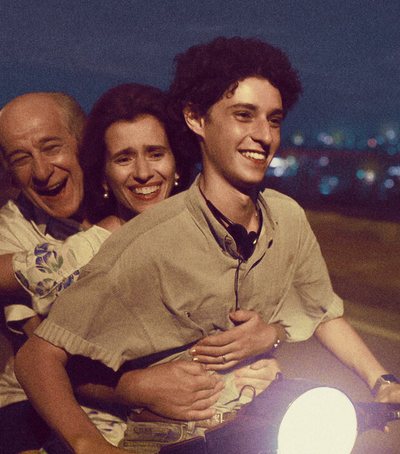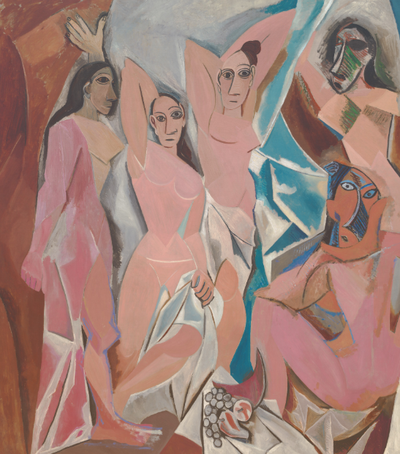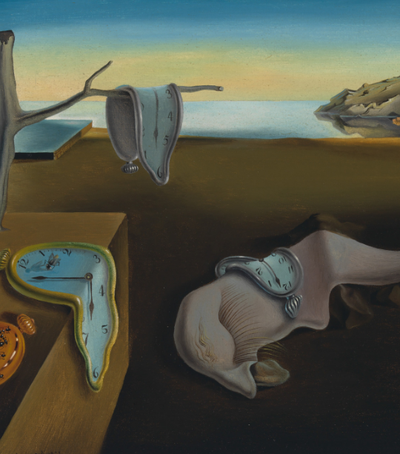
The painting Guernica, one of Pablo Picasso's most famous works, is much more than a work of art – it is an act of testimony, a call to awareness, and a powerful protest against war. Painted in 1937, at the height of the Spanish Civil War, it has become a universal symbol of human suffering and the horror of armed conflict.
Key points of the work:
Historical context:
Guernica was made in response to the bombing of the town of Guernica in Spain by German and Italian aircraft, allies of dictator Francisco Franco. The bombing took place on April 26, 1937, and resulted in massive destruction and numerous civilian casualties.
Style and visual language:
The painting is in a black and white palette, mimicking the dramatic effect of photography and removing any sense of "decoration".
The figures are distorted and distorted, representing panic, pain, and the destruction of human life.
The main symbols include:
1. A woman screaming while holding her dead child in her arms.
2. A wounded horse representing the people.
3. A bull, interpreted as a symbol of cruelty or resistance.
4. A lamp hanging in the center – artificial lighting or the “eye” of a 5. observing force.
Political and moral message:
Guernica does not portray a heroic scene – on the contrary, it exposes the darkest and truest side of war: the suffering of civilians.
Picasso refused to use the colors that often bring a work of art to life, to emphasize darkness, sadness, and suffering.
International influence:
It was first presented in the Spanish Pavilion at the Paris International Exhibition in 1937.
Later, he traveled around the world as part of anti-war exhibitions and in support of Spanish democracy.
It became a symbol of resistance to political violence and repression, not only in Spain, but throughout the world.
Legacy and current affairs:
Guernica continues to be one of the most famous paintings in the world, today exhibited at the Museo Reina Sofía in Madrid.
The work is often used in protests, articles, and exhibitions that speak out against violence, war, and injustice.
At the United Nations, a copy of it is often covered when discussing the topic of war – a gesture that has sparked deep debates about the power and fear of the truth that a work of art carries.





